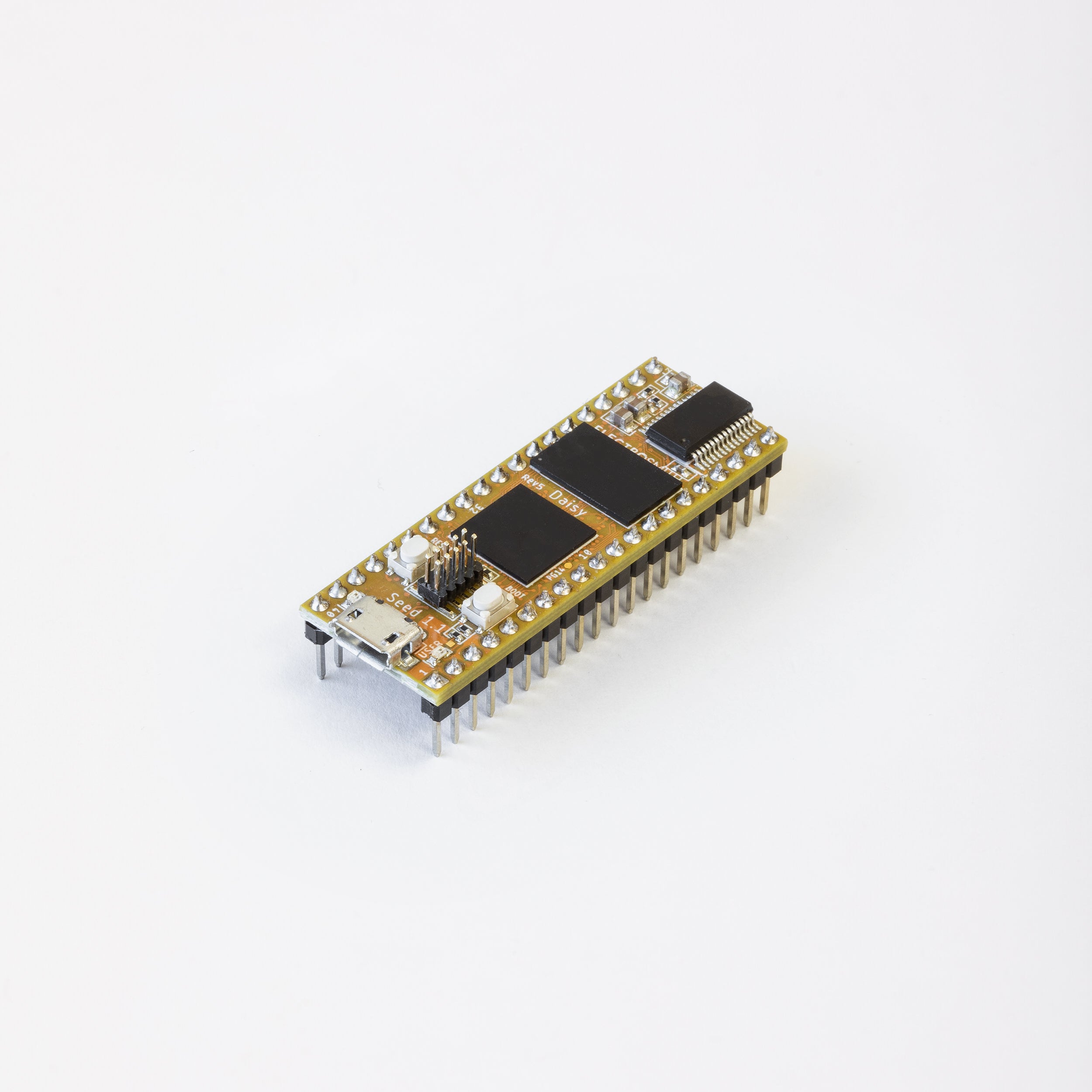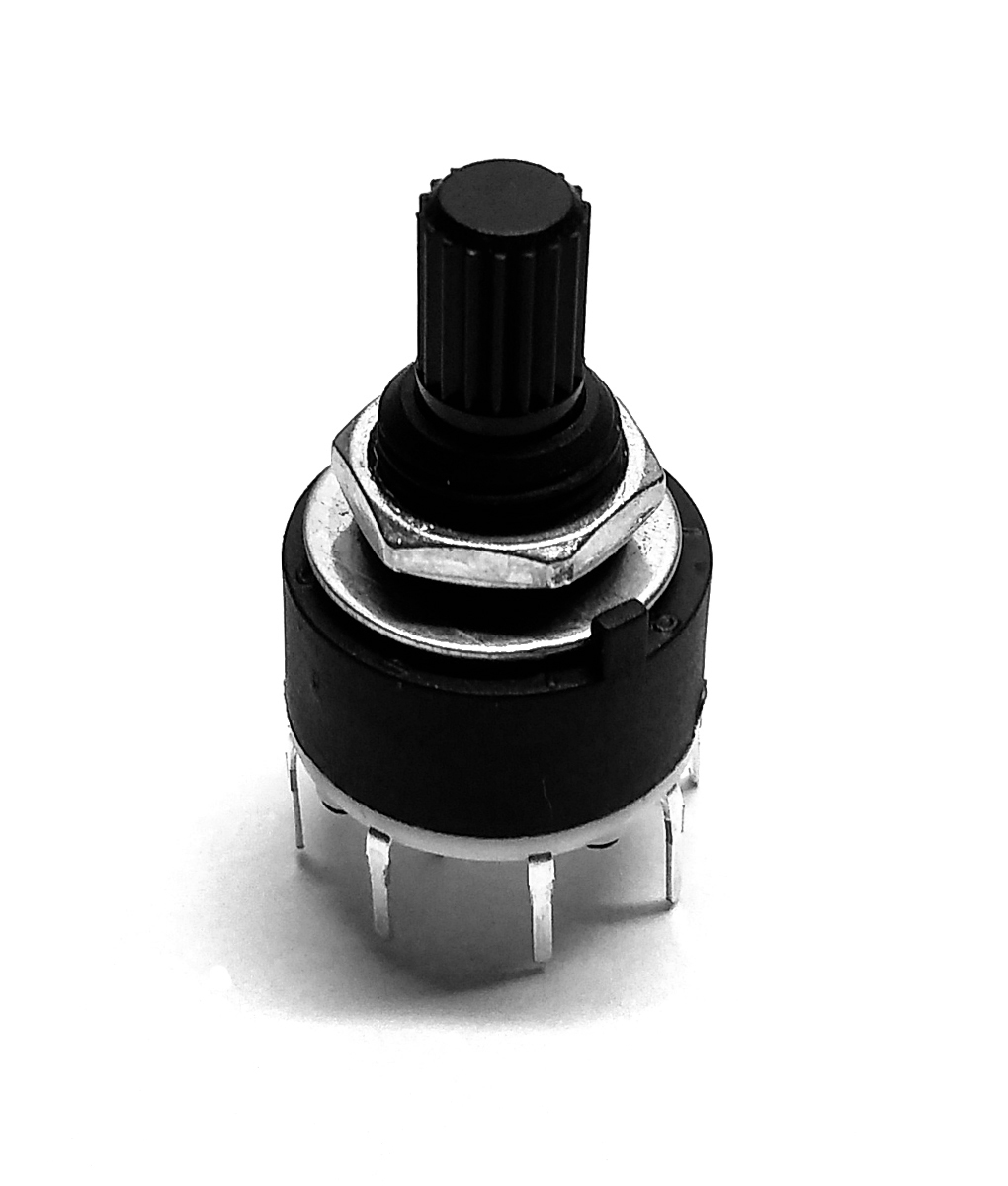Dali
Well-known member
Let me explain...
Would it be possible to use the 4 Toggle Switches of a Terrarium as knobs selector/programs?
1D means first SW, Down. 2U means second one Up.
1D-2D-3D-4D means we're setting all 6 knobs to "program 1"
1U-2D-3D-4D means program 1 is not "writable" but Program2 now is, all 6 knobs.
So UP means no modification, read-only. All 4 UP means knobs have no effect but if one is Down, you can modify with knobs.
So it means we would "sacrifice" the toggle switches for more knobs.
Would that work?
Would it be possible to use the 4 Toggle Switches of a Terrarium as knobs selector/programs?
1D means first SW, Down. 2U means second one Up.
1D-2D-3D-4D means we're setting all 6 knobs to "program 1"
1U-2D-3D-4D means program 1 is not "writable" but Program2 now is, all 6 knobs.
So UP means no modification, read-only. All 4 UP means knobs have no effect but if one is Down, you can modify with knobs.
So it means we would "sacrifice" the toggle switches for more knobs.
Would that work?



